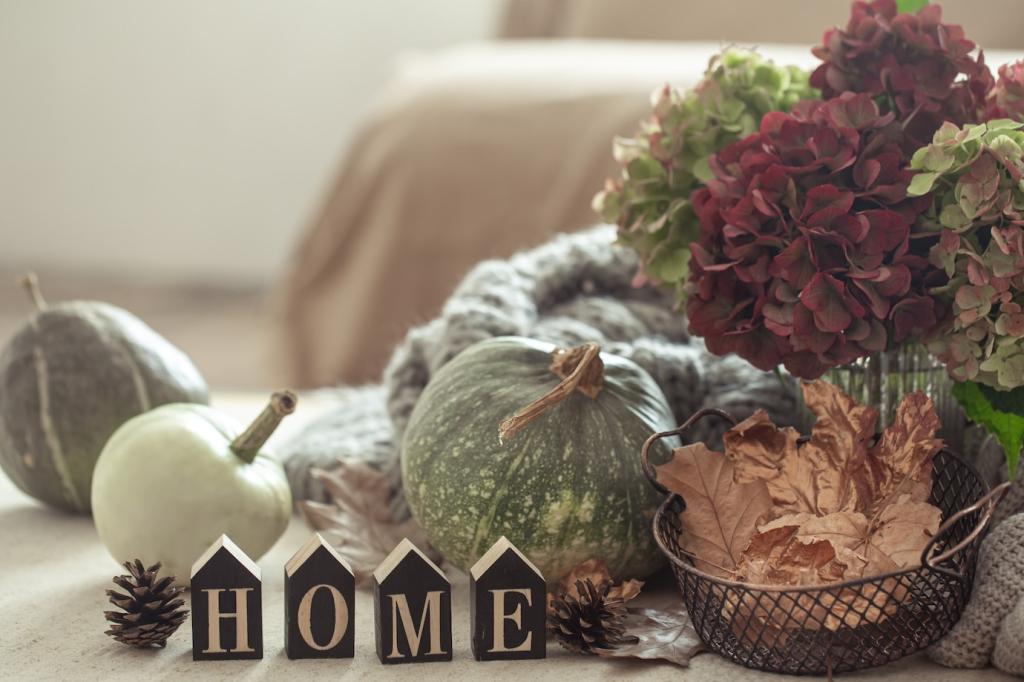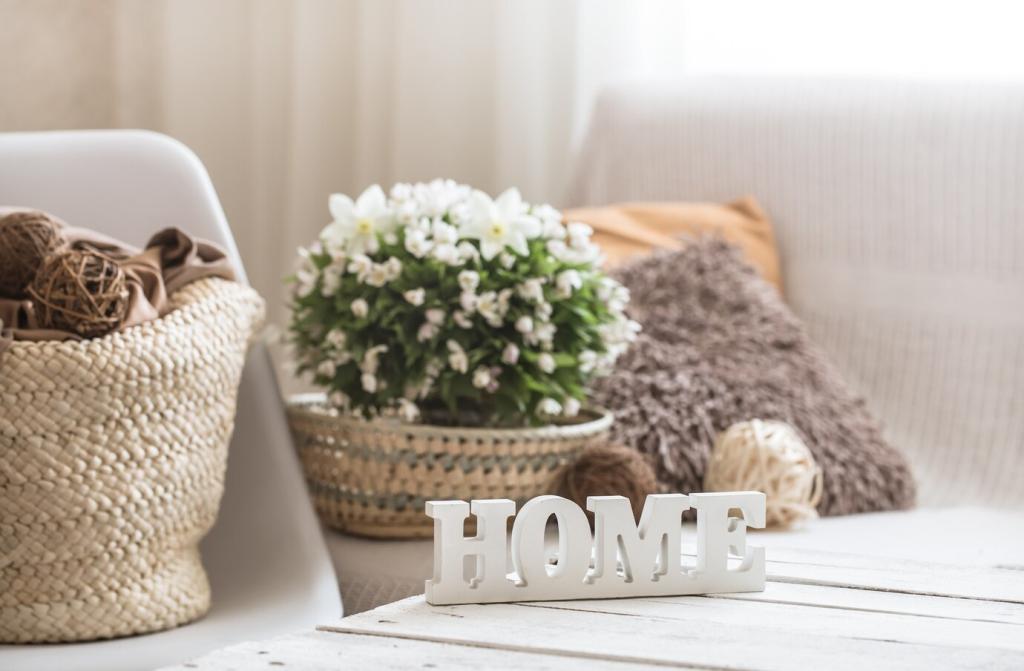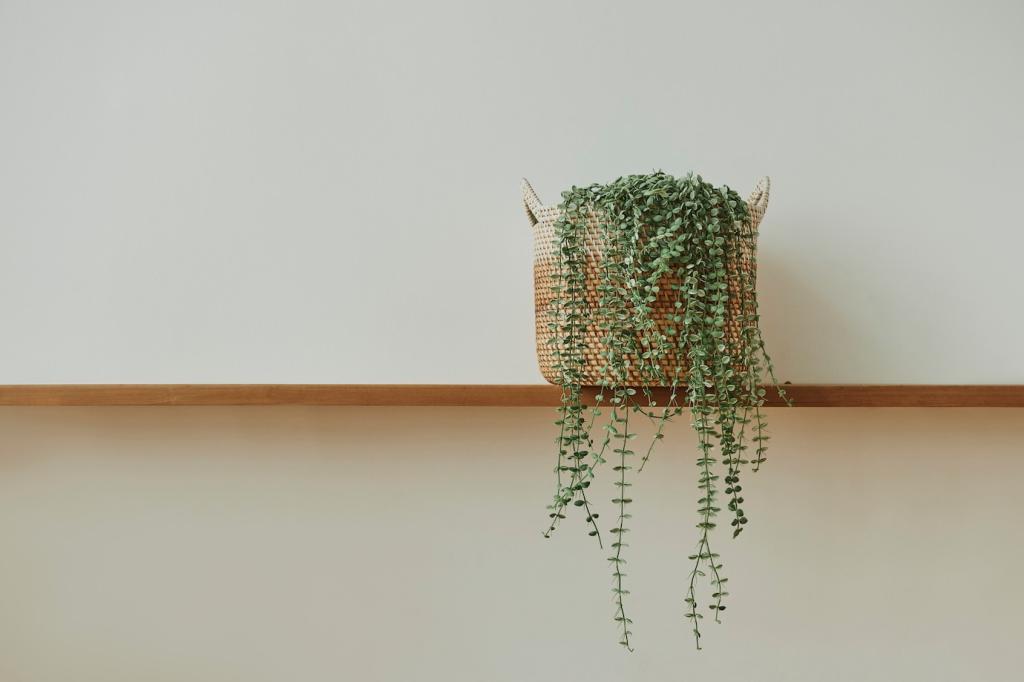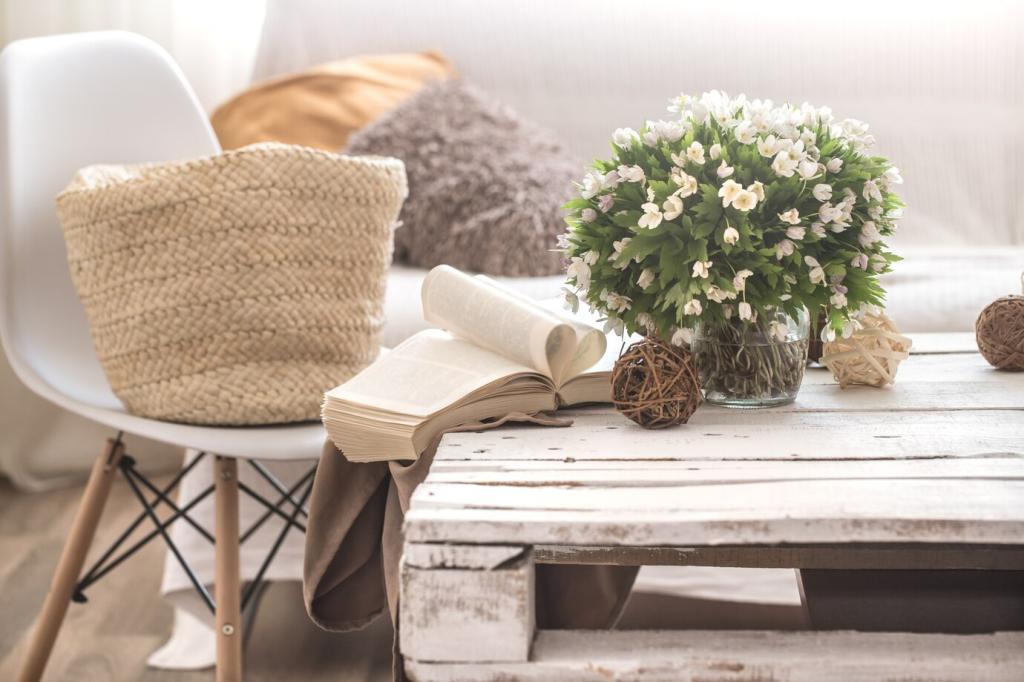
Sustainable Paint and Finishes: A Healthier Way to Color Your World
Welcome to our deep dive into Sustainable Paint and Finishes—your friendly space for beautiful color, safer homes, and choices that respect the planet. Explore practical guidance, real stories, and inspiring ideas. Love what you read? Subscribe for fresh, research-backed tips and community projects.
What Makes Paint and Finishes Sustainable
Look beyond color to binders, solvents, pigments, and additives. Consider plant oils like linseed, mineral binders such as lime, and waterborne acrylic systems with low odor. Seek full Safety Data Sheets and Technical Data Sheets, and prefer formulations that avoid unnecessary plasticizers and formaldehyde donors while still delivering durable protection.


Natural and Mineral Coatings for Breathable Beauty
Limewash forms a mineral bond and allows water vapor to pass, helping historic masonry dry. On our 1920s brick renovation, two thin coats created a cloudlike patina that softened harsh afternoon light. It ages gracefully, and touch-ups blend invisibly. Share your lime experiments—did you burnish, glaze, or leave it matte?
Natural and Mineral Coatings for Breathable Beauty
Clay paints add velvety, light-diffusing surfaces with naturally muted pigments. In a small coworking room, a clay feature wall reduced glare from screens and felt noticeably quieter. Application is forgiving, and scuffs often spot-repair easily. Thinking about a reading nook or studio? Tell us your palette and room challenges.
Modern Low‑VOC Innovations That Perform
Waterborne alkyds: classic leveling with cleaner cleanup
Waterborne alkyd enamels deliver the smooth leveling of traditional oils with dramatically reduced odor and soap-and-water cleanup. We refinished a busy mudroom bench with a semi-gloss formula that resisted scuffs and muddy boots through winter. Interested in cabinet upgrades? Share your substrate and we’ll suggest primers and sanding grits.
Bio-based binders and lower carbon choices
Manufacturers are increasing bio-based content using plant oils, tall oil, and even recycled feedstocks, aiming to cut embodied carbon. Durable films that last longer reduce repaint frequency and total footprint. Ask brands for biobased content percentages and life-cycle data. Tell us if you’ve compared performance to conventional paints over several seasons.
Primers that support a sustainable system
Great primers extend coating life, meaning fewer repaints and less waste. Choose bonding primers for slick surfaces, stain-blockers for tannin-rich woods, and mineral primers for masonry. We love test patches: they reveal adhesion issues before full commitment. Post your toughest surface and we’ll brainstorm a primer protocol together.
Sustainable Wood Finishes You Can Live With
Hardwax oils for kitchens and floors
Hardwax oils penetrate wood, leaving a natural feel while forming a resilient, micro-porous surface. We treated a maple island, and coffee rings wiped away with a gentle soap solution. Periodic maintenance coats are simple and localized, saving time and material. Considering oak or bamboo? Ask about grain-filling and sheen control.
Soap finish: a soft, repairable Scandinavian classic
Soap finishing creates a silky, matte surface on light woods like ash and pine. It’s wonderfully tactile and easy to refresh, though not ideal for heavy spills. In a nursery bookshelf project, a soap finish kept VOCs minimal and touch-ups quick. Share your cleaning routine and what’s worked for daily family life.
Evaluating durability without compromising health
Durability isn’t just hardness; it’s reparability and maintenance ease. Favor finishes that spot-repair without stripping entire surfaces. Check abrasion and water resistance notes on technical sheets, and test in an inconspicuous area. Tell us your toughest wear scenario—pets, sand, or steam—and we’ll recommend a low-emission approach.
Application, Waste Reduction, and Best Practices
Clean, degloss, and repair surfaces before priming. Address moisture sources so coatings can cure properly. On a bathroom ceiling rescue, we installed a quiet fan and sealed leaks before repainting, and the finish finally held. What’s your substrate challenge—glossy metal, chalking stucco, or oily wood? Let’s troubleshoot together.

Application, Waste Reduction, and Best Practices
Use high-quality rollers and brushes to reduce shedding and achieve coverage in fewer passes. For waterborne paints, wipe excess on rags first, then wash tools in a bucket and decant solids responsibly. Avoid rinsing microplastics down drains. Got a better cleanup routine? Teach us in the comments.
Maintenance, Repairs, and End‑of‑Life
Start with the least aggressive method: microfiber, then mild soap, then specialty cleaners if needed. Avoid abrasive pads that burnish matte finishes. A quarterly wipe-down kept our high-traffic hallway looking fresh without repainting. What’s your go-to cleaner, and how do you protect delicate sheens from shiny spots?

